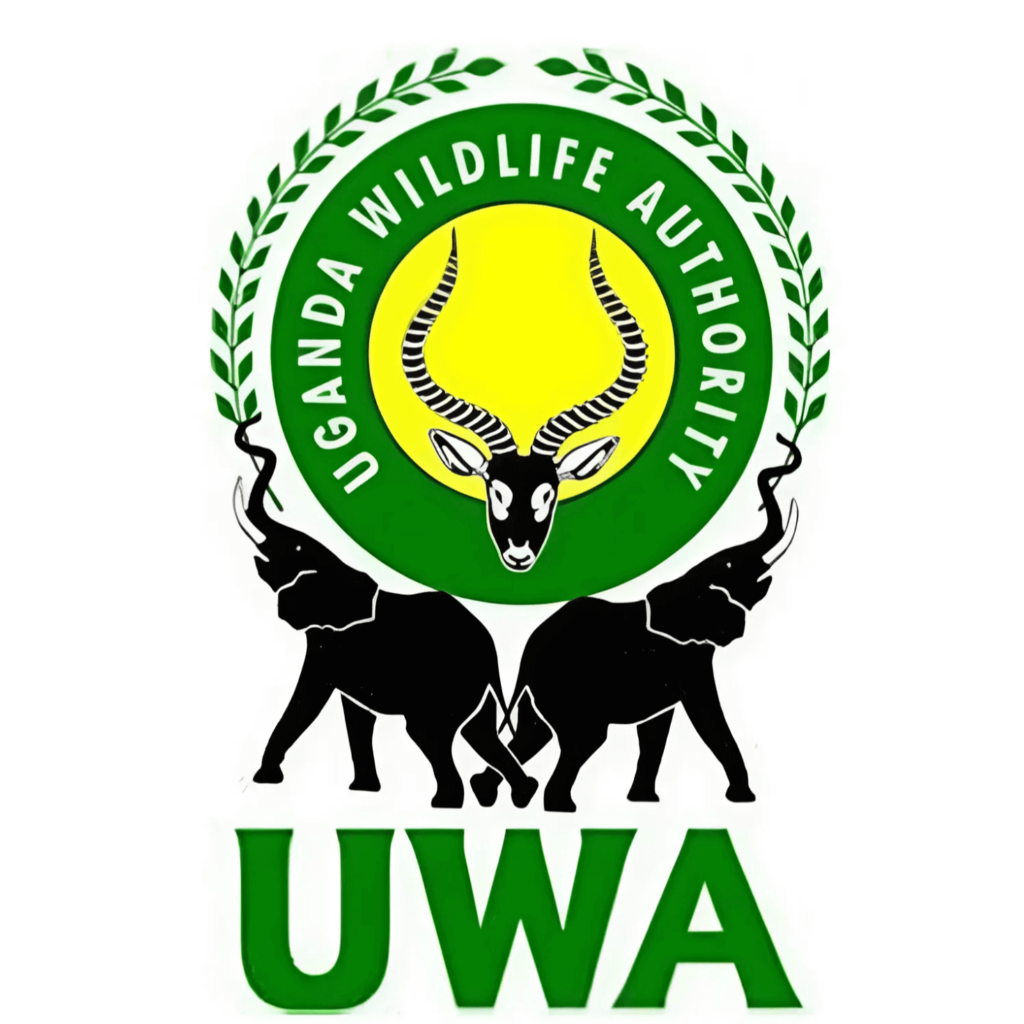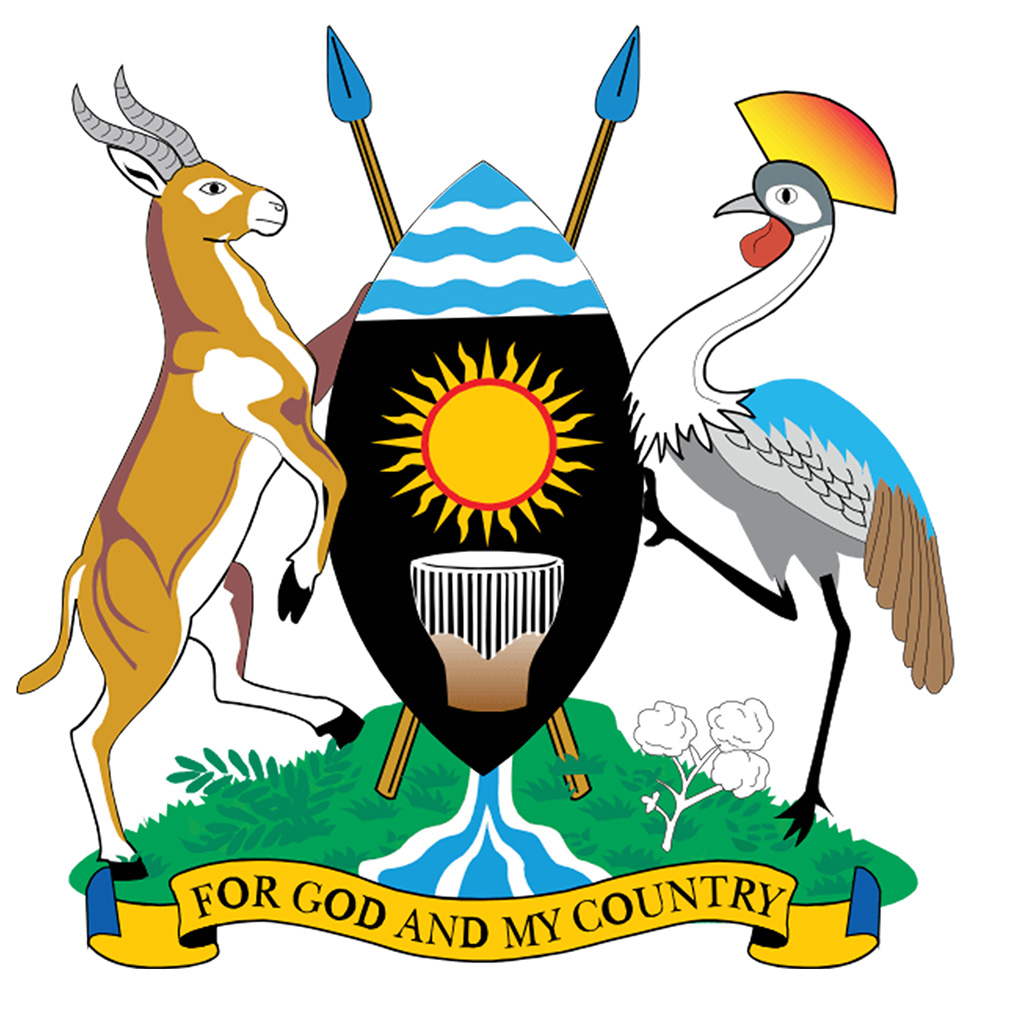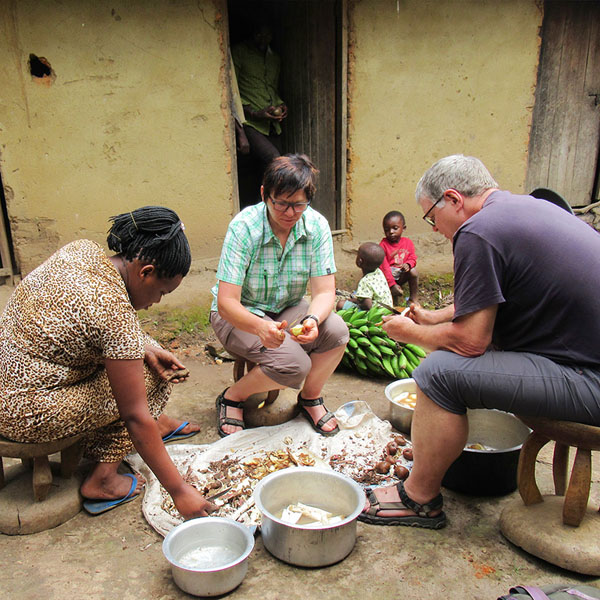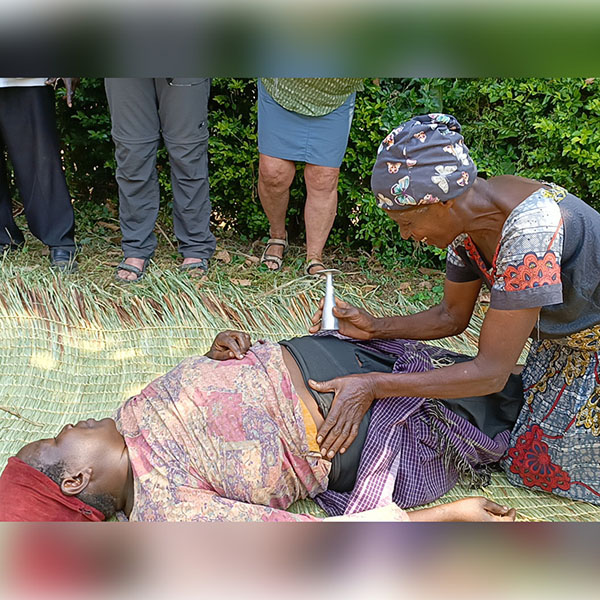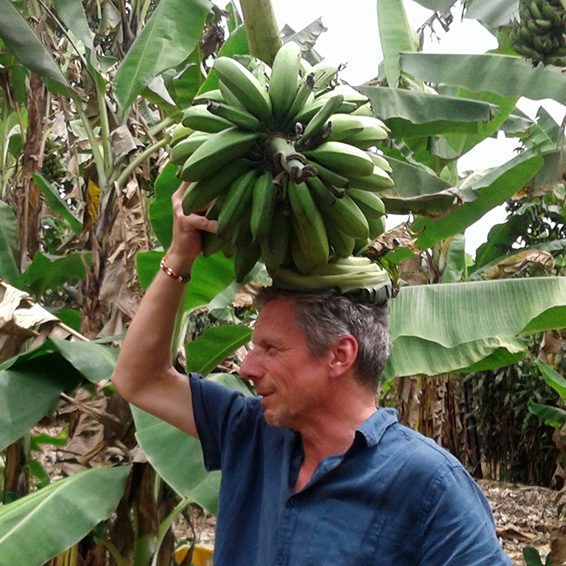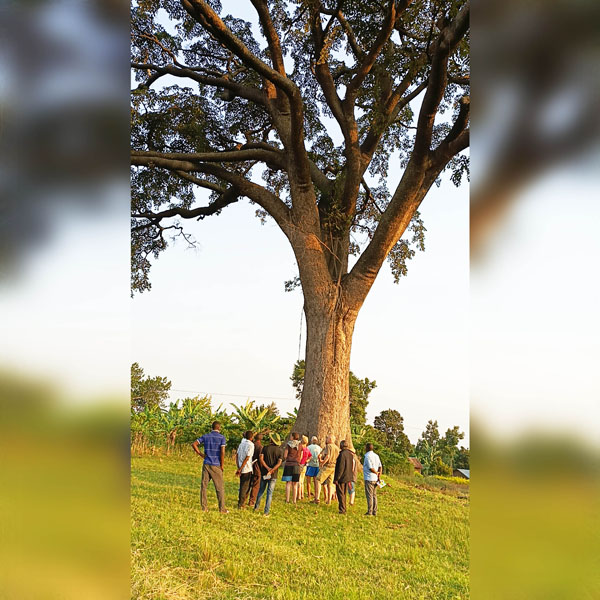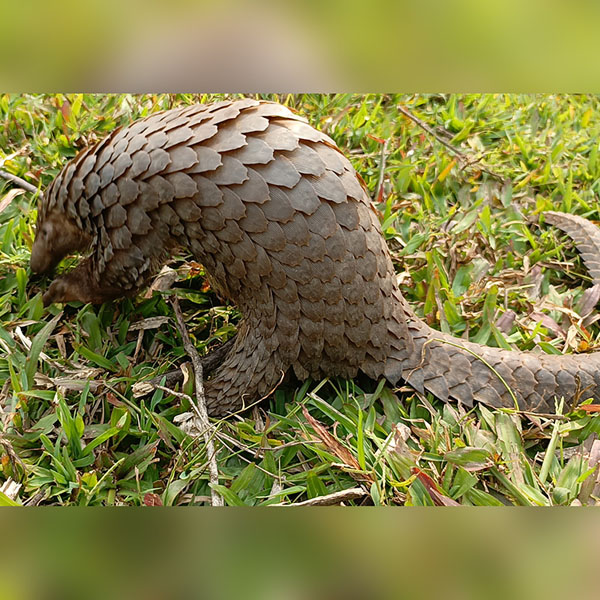The Pangolin and Rescue tourism torch point is a remarkable destination dedicated to the conservation and protection of one of the world’s most endangered and trafficked animals—the pangolin. Nestled within a region rich with biodiversity, this torch point serves as a sanctuary for these elusive creatures, offering visitors a rare opportunity to learn about and engage with efforts to save them from the brink of extinction. The torch point is not just a place of refuge for pangolins but also a hub of education and awareness, where visitors can delve into the complex challenges of wildlife conservation and the urgent need to protect these unique animals. The experience at the Pangolin and Rescue torch point is both enlightening and inspiring, making it a must-visit for anyone passionate about wildlife, conservation, and the preservation of our planet’s most vulnerable species.
A Sanctuary for Rescued Pangolins: Witnessing the Efforts of Conservation
 At the heart of the Pangolin and Rescue tourism torch point is its role as a sanctuary for rescued pangolins. These animals, known for their distinctive scales and shy demeanor, are often targeted by poachers for their scales, which are highly valued in traditional medicine and illegal wildlife trade. The torch point provides a safe haven for pangolins that have been rescued from poachers, offering them a chance to recover and, whenever possible, be reintroduced into their natural habitats. Visitors to the torch point have the unique opportunity to witness these incredible creatures up close, observing their behaviors and learning about their biology and ecology. The sanctuary is designed to mimic the pangolins’ natural environment, providing them with the space and conditions they need to thrive. Guided tours offer an in-depth look at the daily care and rehabilitation efforts undertaken by dedicated conservationists, giving visitors a firsthand understanding of the challenges involved in protecting such a vulnerable species. The experience of seeing a pangolin in person, with its armor-like scales and gentle movements, is both humbling and awe-inspiring, leaving a lasting impression on all who visit.
At the heart of the Pangolin and Rescue tourism torch point is its role as a sanctuary for rescued pangolins. These animals, known for their distinctive scales and shy demeanor, are often targeted by poachers for their scales, which are highly valued in traditional medicine and illegal wildlife trade. The torch point provides a safe haven for pangolins that have been rescued from poachers, offering them a chance to recover and, whenever possible, be reintroduced into their natural habitats. Visitors to the torch point have the unique opportunity to witness these incredible creatures up close, observing their behaviors and learning about their biology and ecology. The sanctuary is designed to mimic the pangolins’ natural environment, providing them with the space and conditions they need to thrive. Guided tours offer an in-depth look at the daily care and rehabilitation efforts undertaken by dedicated conservationists, giving visitors a firsthand understanding of the challenges involved in protecting such a vulnerable species. The experience of seeing a pangolin in person, with its armor-like scales and gentle movements, is both humbling and awe-inspiring, leaving a lasting impression on all who visit.
Educational Tours: Raising Awareness and Inspiring Action
One of the primary goals of the Pangolin and Rescue tourism torch point is to raise awareness about the plight of pangolins and the broader issues of wildlife trafficking and conservation. The educational tours offered at the torch point are meticulously designed to inform and inspire visitors, providing them with a comprehensive understanding of the threats faced by pangolins and the global efforts to combat these challenges. The tours often begin with a brief introduction to pangolins, highlighting their unique characteristics, behavior, and ecological importance. Visitors learn about the critical role pangolins play in their ecosystems, such as controlling insect populations, and the devastating impact that their decline has on the environment. The tour guides, who are often conservation experts or wildlife biologists, share detailed insights into the illegal wildlife trade, the reasons behind the high demand for pangolin scales, and the international efforts being made to curb poaching and trafficking. Through interactive displays, multimedia presentations, and engaging storytelling, visitors gain a deeper appreciation for the complexities of wildlife conservation and the importance of protecting pangolins. These educational experiences are designed to not only inform but also to empower visitors, encouraging them to take action in their own lives to support conservation efforts, whether through advocacy, donations, or sustainable practices.
Conservation in Action: Behind-the-Scenes Look at Rescue Efforts
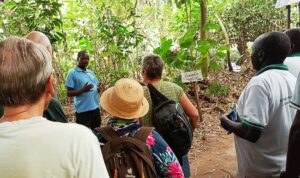
The Pangolin and Rescue tourism torch point offers a rare behind-the-scenes look at the intensive conservation work that goes into rescuing and rehabilitating these endangered animals. Visitors can observe the process of rescue operations, from the initial recovery of pangolins from poachers to their eventual release back into the wild. The torch point is often equipped with state-of-the-art facilities, including veterinary clinics, quarantine areas, and specialized habitats that cater to the unique needs of pangolins. Conservationists at the site work tirelessly to ensure the health and well-being of each rescued animal, conducting thorough medical examinations, providing nutritional care, and monitoring their behavior to assess their readiness for reintroduction into the wild. Visitors may have the chance to see pangolins being cared for by these dedicated professionals, learning about the various challenges that arise during the rehabilitation process. For example, pangolins require a highly specialized diet consisting primarily of ants and termites, which can be difficult to provide in captivity. The torch point may also highlight the innovative techniques used to encourage natural behaviors in pangolins, such as foraging and burrowing, which are essential for their survival in the wild. This behind-the-scenes experience offers a deeper appreciation for the complexities of wildlife conservation and the extraordinary efforts required to protect endangered species like the pangolin.
The Importance of Habitat Conservation: Protecting Pangolins in the Wild
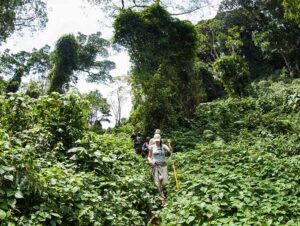 While the Pangolin and Rescue torch point is primarily focused on the immediate care and rehabilitation of rescued pangolins, it also plays a crucial role in broader conservation efforts aimed at protecting pangolins in the wild. The torch point serves as a base for research and conservation initiatives that focus on habitat preservation, anti-poaching measures, and community engagement. Visitors can learn about the importance of conserving the natural habitats that pangolins rely on for survival, such as forests and savannahs, which are increasingly threatened by deforestation, agriculture, and human encroachment. The torch point may offer insights into ongoing projects that aim to restore and protect these habitats, ensuring that pangolins have safe and sustainable environments in which to live. Additionally, the site may provide information on the use of technology in conservation, such as satellite tracking of pangolins to monitor their movements and identify critical habitats. Visitors are encouraged to participate in conservation activities, such as tree planting or supporting anti-poaching patrols, which contribute directly to the protection of pangolin habitats. By engaging with these efforts, visitors gain a greater understanding of the interconnectedness of ecosystems and the vital role that each species plays in maintaining the balance of nature.
While the Pangolin and Rescue torch point is primarily focused on the immediate care and rehabilitation of rescued pangolins, it also plays a crucial role in broader conservation efforts aimed at protecting pangolins in the wild. The torch point serves as a base for research and conservation initiatives that focus on habitat preservation, anti-poaching measures, and community engagement. Visitors can learn about the importance of conserving the natural habitats that pangolins rely on for survival, such as forests and savannahs, which are increasingly threatened by deforestation, agriculture, and human encroachment. The torch point may offer insights into ongoing projects that aim to restore and protect these habitats, ensuring that pangolins have safe and sustainable environments in which to live. Additionally, the site may provide information on the use of technology in conservation, such as satellite tracking of pangolins to monitor their movements and identify critical habitats. Visitors are encouraged to participate in conservation activities, such as tree planting or supporting anti-poaching patrols, which contribute directly to the protection of pangolin habitats. By engaging with these efforts, visitors gain a greater understanding of the interconnectedness of ecosystems and the vital role that each species plays in maintaining the balance of nature.
Community Involvement: Empowering Local Communities for Conservation
 A key aspect of the Pangolin and Rescue tourism torch point’s mission is to involve and empower local communities in conservation efforts. The torch point recognizes that sustainable wildlife conservation cannot be achieved without the support and participation of the communities that live alongside these animals. Visitors can learn about the various initiatives undertaken by the torch point to engage local communities in conservation, such as education programs, alternative livelihood projects, and awareness campaigns. These initiatives aim to reduce the dependence on illegal wildlife trade by providing communities with sustainable sources of income, such as eco-tourism, sustainable agriculture, or crafts. The torch point may also highlight the role of local communities in anti-poaching efforts, showcasing the importance of community rangers and the use of traditional knowledge in protecting wildlife. Visitors are often encouraged to support these initiatives, whether through donations, purchasing locally-made products, or spreading awareness about the importance of community-led conservation. This focus on community involvement not only strengthens the torch point’s conservation efforts but also fosters a sense of ownership and responsibility among local residents, ensuring that pangolin conservation becomes a shared goal.
A key aspect of the Pangolin and Rescue tourism torch point’s mission is to involve and empower local communities in conservation efforts. The torch point recognizes that sustainable wildlife conservation cannot be achieved without the support and participation of the communities that live alongside these animals. Visitors can learn about the various initiatives undertaken by the torch point to engage local communities in conservation, such as education programs, alternative livelihood projects, and awareness campaigns. These initiatives aim to reduce the dependence on illegal wildlife trade by providing communities with sustainable sources of income, such as eco-tourism, sustainable agriculture, or crafts. The torch point may also highlight the role of local communities in anti-poaching efforts, showcasing the importance of community rangers and the use of traditional knowledge in protecting wildlife. Visitors are often encouraged to support these initiatives, whether through donations, purchasing locally-made products, or spreading awareness about the importance of community-led conservation. This focus on community involvement not only strengthens the torch point’s conservation efforts but also fosters a sense of ownership and responsibility among local residents, ensuring that pangolin conservation becomes a shared goal.
Inspiring Conservation Action: The Legacy of the Pangolin and Rescue Torch Point
 The impact of the Pangolin and Rescue tourism torch point extends far beyond its immediate surroundings. By educating visitors and engaging them in conservation efforts, the torch point helps to create a global network of pangolin advocates who are committed to protecting these incredible animals. Visitors leave the torch point with a deeper understanding of the urgent need for wildlife conservation and the knowledge that they can make a difference, whether by supporting conservation organizations, advocating for stronger wildlife protection laws, or simply spreading the word about the importance of pangolins. The torch point’s legacy is one of inspiration and action, empowering individuals to take an active role in safeguarding the future of endangered species. Through its comprehensive and immersive approach to conservation education, the Pangolin and Rescue torch point is helping to ensure that pangolins, and the ecosystems they inhabit, will continue to thrive for generations to come.
The impact of the Pangolin and Rescue tourism torch point extends far beyond its immediate surroundings. By educating visitors and engaging them in conservation efforts, the torch point helps to create a global network of pangolin advocates who are committed to protecting these incredible animals. Visitors leave the torch point with a deeper understanding of the urgent need for wildlife conservation and the knowledge that they can make a difference, whether by supporting conservation organizations, advocating for stronger wildlife protection laws, or simply spreading the word about the importance of pangolins. The torch point’s legacy is one of inspiration and action, empowering individuals to take an active role in safeguarding the future of endangered species. Through its comprehensive and immersive approach to conservation education, the Pangolin and Rescue torch point is helping to ensure that pangolins, and the ecosystems they inhabit, will continue to thrive for generations to come.
Conclusion
The Pangolin and Rescue tourism torch point is a beacon of hope and a critical hub for the conservation of one of the world’s most endangered species. Through its sanctuary for rescued pangolins, educational tours, and community engagement initiatives, the torch point offers visitors a profound and enlightening experience that highlights the challenges and triumphs of wildlife conservation. The site’s commitment to protecting pangolins and their habitats, combined with its efforts to raise awareness and inspire action, makes it a powerful force in the fight against wildlife trafficking and environmental destruction. For anyone passionate about wildlife and conservation, a visit to the Pangolin and Rescue torch point is not only a chance to witness these incredible animals but also an opportunity to contribute to the ongoing efforts to ensure their survival. This torch point stands as a testament to the power of education, community, and collective action in the preservation of our planet’s most vulnerable species.

